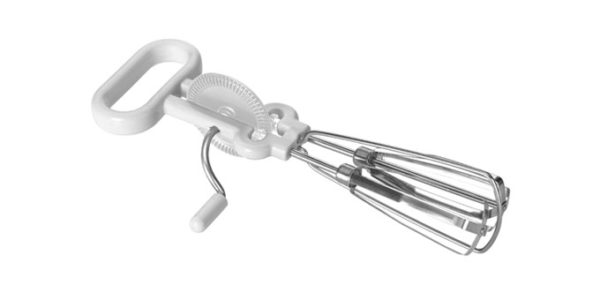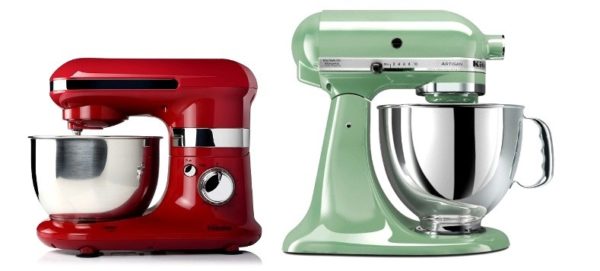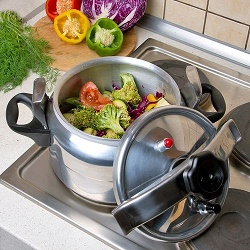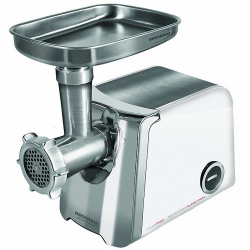Choosing a good mixer
Just a few years ago, the mixer was an indispensable thing in the kitchen of any caring hostess. Today, it was replaced by such units as a blender and a combine. Meanwhile, the mixer to this day is an unsurpassed helper, he will not only confidently beat the dough for pancakes or waffles, cream, but also grind the vegetables for the child. Moreover, at the price the mixer is definitely cheaper than a food processor, but why overpay if its functionality completely suits you? How to choose a good mixer, what characteristics to navigate? Consider more.
Types: manual and stationary
The hand mixer will appeal to those housewives who value personal time, because such units are not demanding, they are easy to clean, the devices are small and take up very little space in the kitchen.But it is necessary to take into account that such a model should be kept in the hand all the time, and it is unlikely to cope with such a task as kneading dough, because of its small power.

Stationary options have a bowl and stand that holds the mixer while it is being used. Thanks to this adaptation the hands of the hostess are freed for other matters. Definitely, such mixers are somewhat more expensive than manual ones because of their functionality, more power and nozzles, because they are able to cope with more complex tasks than manual ones. But before you buy such a mixer, you should think in advance about the place where it will be stored until it becomes necessary to use it.
Many will like the mixer mixed type with a stand that you can always remove, and if necessary, for example, with prolonged beating, get it again, and basically use it only as a handheld one.
Functional characteristics
Stationary mixers have more power than manual mixers, due to which they mix and beat up better.
If the main goal in the kitchen is the preparation of a variety of creams, batter, mix for pancakes, omelet, then budget models with a power level up to 250-300 W are quite suitable.If you want to beat a thicker and taut dough, then here you will need power from 300 to 500 watts.
Hand mixers often have a capacity of up to 500 watts, while stationary mixers - from 500 to 1000 watts.
Depends on power level number of speedswith which the mixer is supplied. Low-power models often have no more than three speeds, so they can only cope with simple tasks.
Hand mixers are significantly inferior to stationary, the power of the latter is higher, and, consequently, the frequency of rotation of the nozzles when switching speeds is also higher. Really powerful units can have up to 12 speeds.

Operation mode
On the market the most common mixers with 3 modes of operation:
- usual;
- pulse;
- turbo.
Normal mode is designed for mixing products and whipping. Pulsed need to work with solid products, is activated using the appropriate button. Turbo mode is best suited to eliminate the lumps in the dough, or to get a creamy foam for sweet dishes. It is actuated by a separate button, through which the speed of rotation of the nozzles reaches its maximum in a very short time.

Bowl
Mixers have a bowl stationary type, and the more she is, the more opportunities the hostess has. When buying, it will be necessary to take into account that its useful volume will be half a liter less than its capacity. Bowls with a capacity of up to one liter are suitable for making sauces or scrambled eggs. Capacity from a liter to two is suitable for making dough, but to meet such on the shelves can be very rare. A bowl from two to three liters is suitable for any tasks that a hostess can face. But the capacity of more than three liters is found in professional and powerful mixers. A model with such characteristics is suitable for those who cook in the kitchen not only for themselves and their relatives, but also for the sake of earning money.

/rating_off.png)











